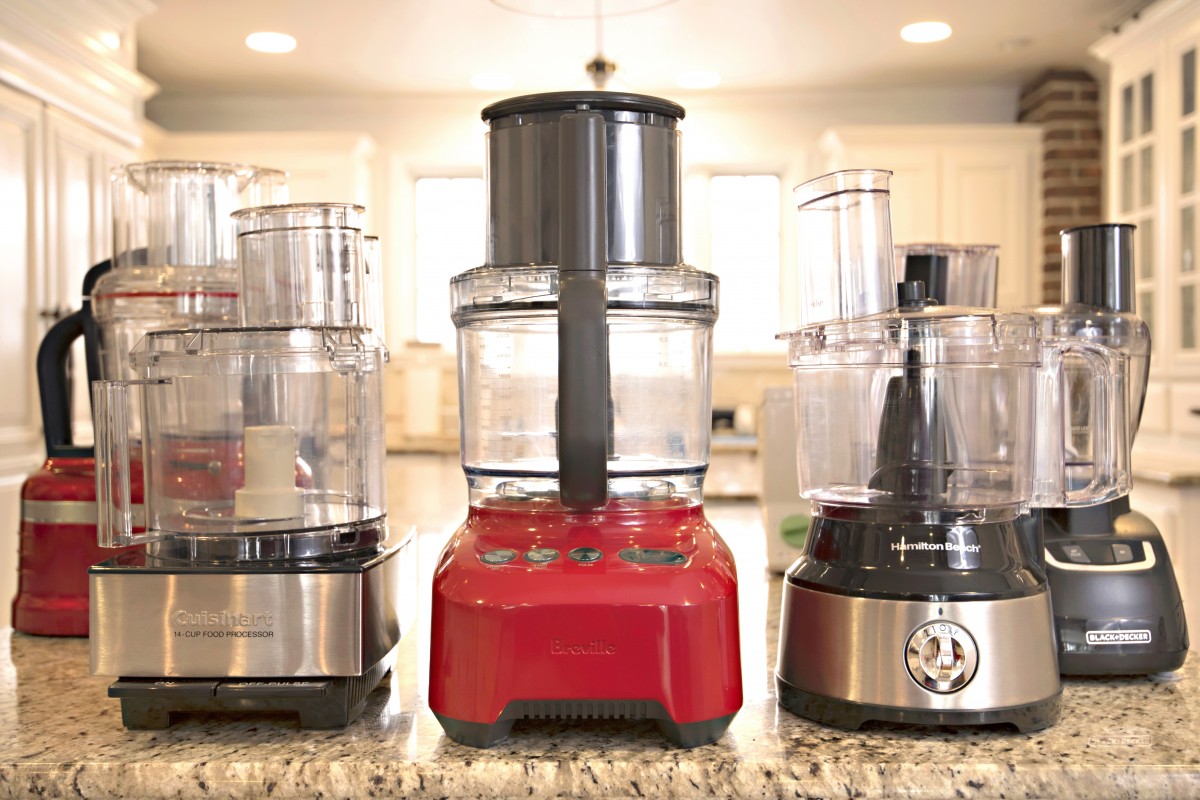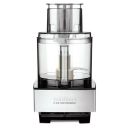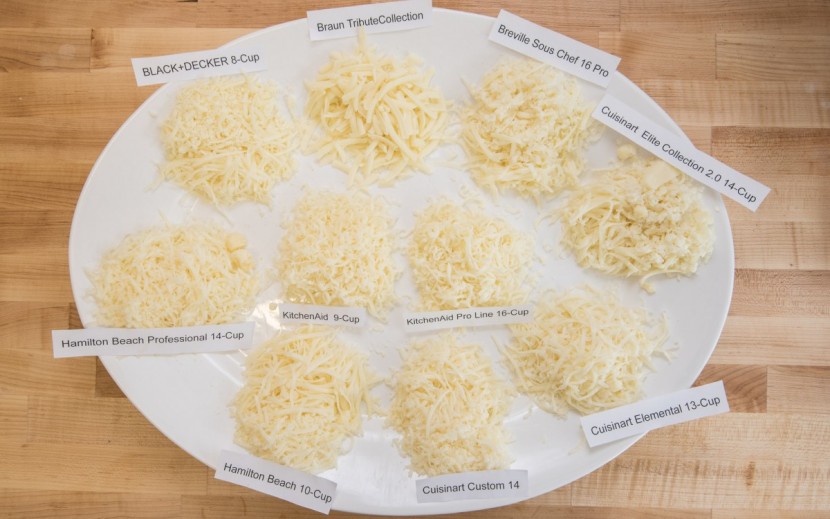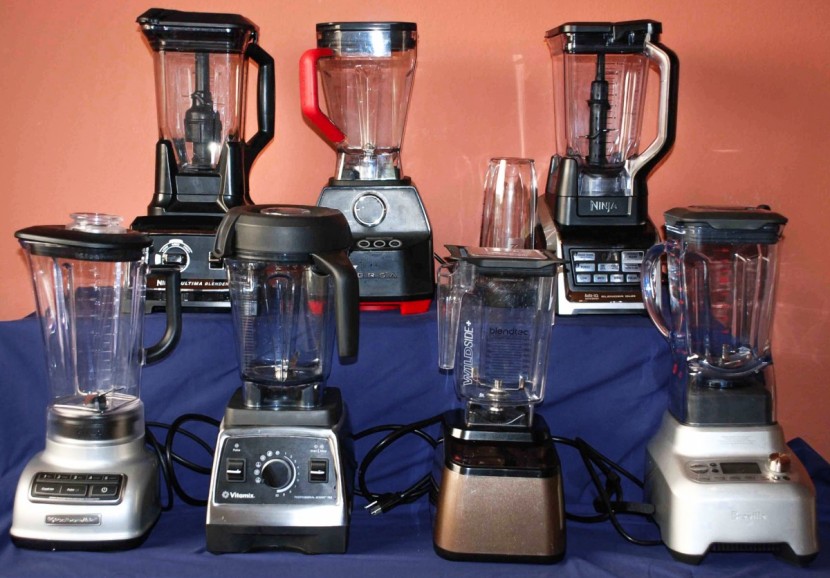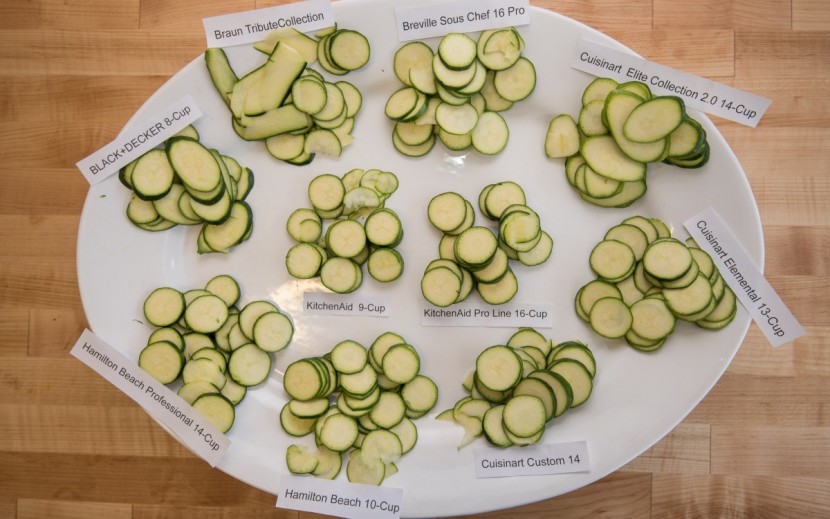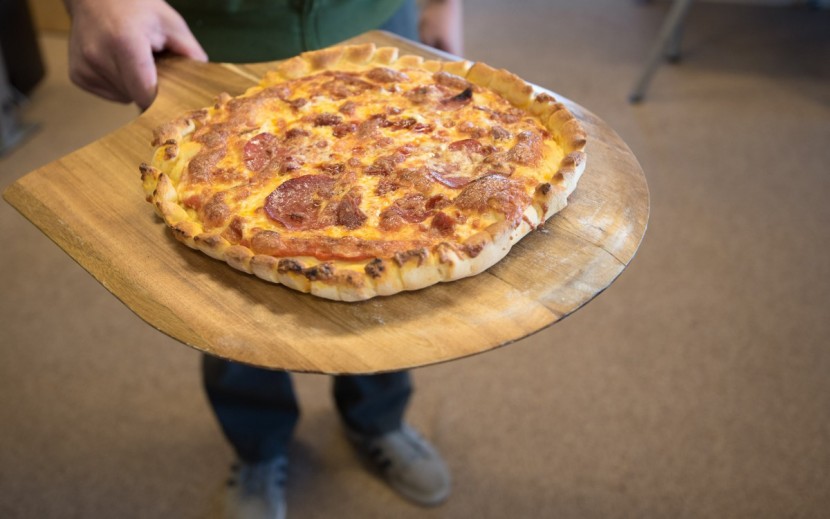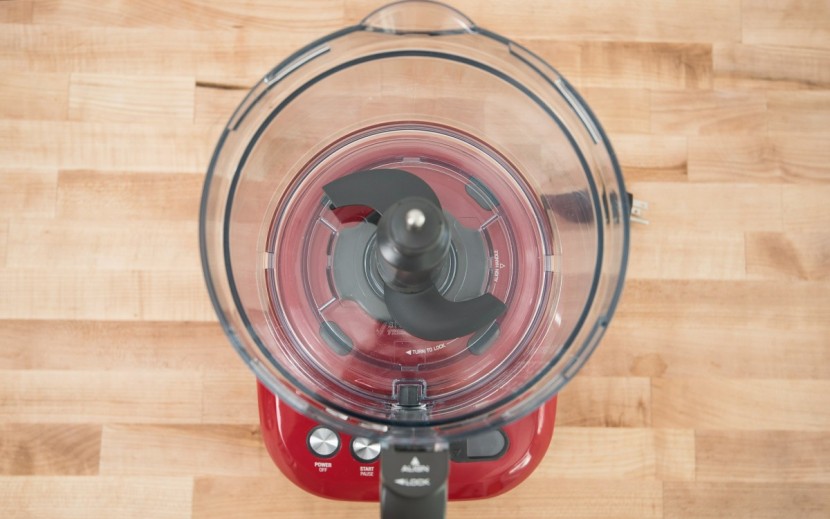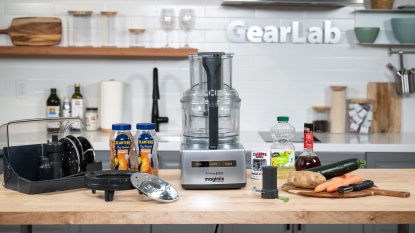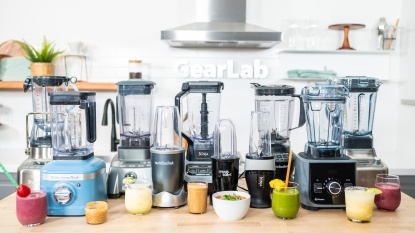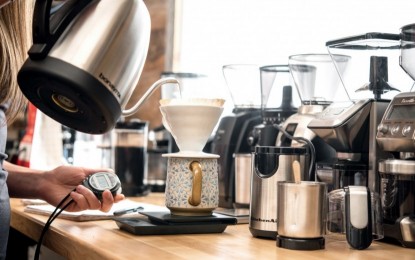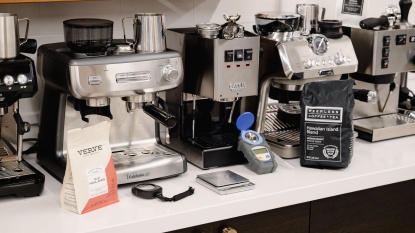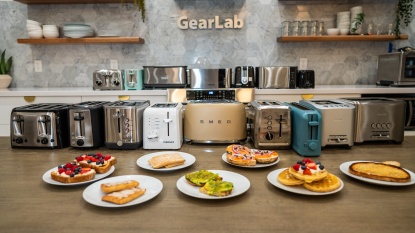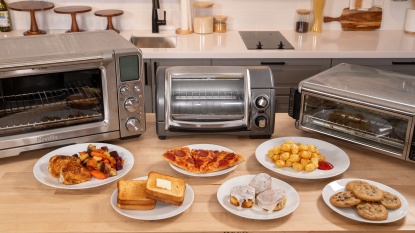How do you pick the ultimate food processor? Still not sure if you actually need a food processor or if some other kitchen gadget is a better fit? After buying and testing the top models currently available for our complete food processor review, we took all of the knowledge we gained and used it to put together this step-by-step guide to help you find the best fit for your kitchen.
What Is a Food Processor? What Do You Use It For?
Most food processors — including all of the ones we tested for our review — have bowls with a capacity anywhere between eight and sixteen cups and come with a variety of blades for different culinary tasks. While chopping things like onions or carrots may come to mind first, these versatile kitchen machines can be used for a whole host of tasks, ranging from making mayonnaise to pizza dough. These machines can chop, shred, slice, and mix ingredients depending on what blade or attachment is hooked up. While every task that a food processor does can be accomplished by the hands of a skilled cook, the biggest benefits of these devices are the copious amounts of time they save and the consistency they add to your cooking.
Types of Food Processors
Standard
Mini Chopper
Usually only suited for a single task (chopping), mini-choppers have a much smaller bowl than standard food processors. These are great for smaller kitchens or anyone typically cooking smaller portions. They are also significantly less expensive than a full-featured standard food processor, making them a great choice for someone shopping on an extra tight budget.
Step 1: Do You Need a Food Processor?
While these products can save you plenty of time and effort in the kitchen, there are a few caveats. For many chefs, cooks, or bakers, kitchen counter space is almost always at a premium, and permanently allotting some of that precious square footage to a food processor is impractical. This means that the food processor will be relegated to living in a cupboard or pantry, requiring a moment for set up before each use. This, along with the task of cleaning the processor, means that it might not be worth the effort for small tasks that can be easily accomplished by hand, like chopping half an onion or slicing a tomato.
You may also be wondering if this is even the right kitchen appliance for you. There are a whole host of kitchen gadgets that have spinning metal parts to mix or chop foods, and we've tested many of them, like the top hand mixers, hand blenders, food processors, blenders, and stand mixers. The standard food processor is a jack-of-all-trades — a true kitchen workhorse — that can adequately serve intermediate to professional chefs. It will shred, chop, slice, and mix efficiently and is particularly suited to large amounts of food preparation for multiple people. Think of chopping up lots of onions and carrots for a stew or soup base or shredding a large amount of cheese for pizza or macaroni and cheese.
The mini-chopper is the watered-down version of its big brother, suitable for chopping small amounts — great for a single serving of salsa or for chopping an onion without shedding tears. This is the prime choice for chefs in small kitchens.
A blender is best suited for liquefying ingredients rather than chopping them. If you are focused on blended drinks, smoothies, or some soups and sauces, then a blender is a much better choice for your kitchen than a food processor. If this is the case, you may be interested in our quest to find the best blender.
An immersion blender is a blender without a container, meaning that you can use it in whatever sized container you want. This is a great option for making soup, as you can puree it in the pot you are cooking it in, rather than pouring hot liquid in a standard blender. Never run a blender with hot liquid, like soup, in it without proper precautions, as it can be extremely dangerous and cause an explosion of hot soup in your kitchen and in your face.
While a food processor is adequate at mixing dough, a stand mixer excels at this task. Covered more in detail below, a stand mixer is a better bet for the dedicated baker, sacrificing overall versatility for premium dough performance.
Step 2: Cooking for One, or a Crowd?
Now that you are sure that a food processor is an appliance you are looking for, it's time to narrow down your search, specifically by bowl size. While you initially may want to go for the biggest bowl available, bigger doesn't necessarily mean better. While it is true that a larger bowl will be able to handle more food, the downside is that it may not be able to handle small amounts of food, as it won't reach the blades. This might not be a problem if you are routinely cooking for a crowd, but it can be quite frustrating to be forced to make three cups of mayonnaise when one would suffice. That being said, some models come equipped with an insert that reduces the bowl size, making smaller servings possible.
We recommend getting a model with a larger bowl size if you are more often cooking for a large group or if it has a reducing attachment. Otherwise, a small to medium bowl works best for most people.
Step 3: Wanting to Shred and Slice?
Obviously, if you are looking at shredding or slicing, it is necessary to get a model that includes these attachments or, at the very least, has them available to purchase as an upgrade. In addition, it is important to remember that using a food processor to shred or slice, particularly with slicing, is to place a greater emphasis on quantity rather than quality.
While these machines can slice large amounts of food very quickly, you do end up sacrificing some of the quality you would get by performing the task manually. Once again, if you are routinely slicing or shredding large quantities of food, then a food processor can be worth its weight in gold to you. If you are only dealing with small amounts of food or if you have to have perfect slices, then you may be better suited by a sharp knife and a cutting board, or by a mandoline, as the loss of precision and cleanup time will prove vexing.
Step 4: Braced for Baking?
Evenly combining and mixing wet and dry ingredients can be a bane for many bakers. Luckily, a food processor can be used to make many types of dough, with many models including a blunter, plastic blade specifically used for mixing dough.
However, not all food processors are created equal when it comes to mixing dough. Almost all of the models we tested eventually make dough, but some perform the task effortlessly while others shoot flour out the top or vibrate so violently that you might be worried they are going to explode. Unfortunately, there isn't a hard and fast rule as to which models excel at making dough. All in all, if you are focused exclusively on mixing dough, you may be better served by a stand mixer rather than a food processor.
Conclusion
While a food processor won't do everything for you (yet!), they are a fantastic tool to expedite some of the more mundane tasks in the kitchen, and once you start using one, you may find that you are relying on it more and more, to the point where you can't live without it!

